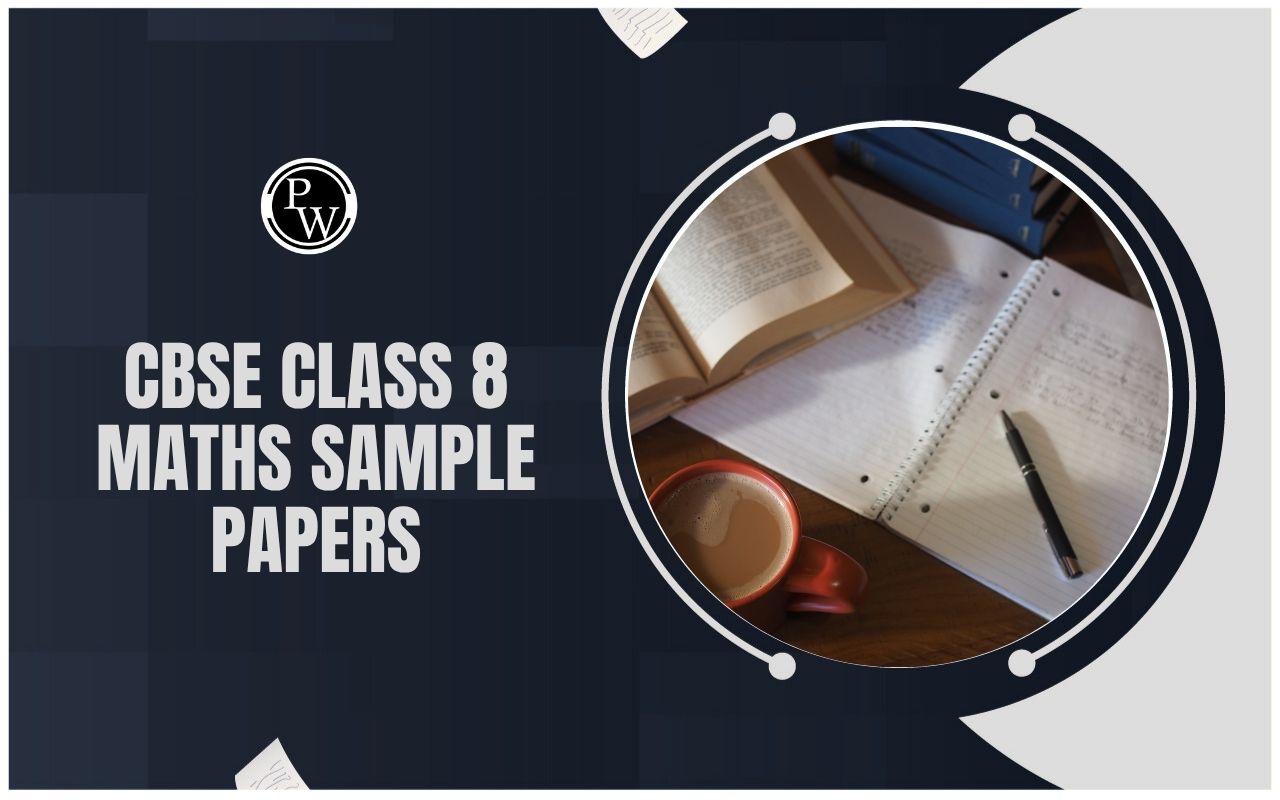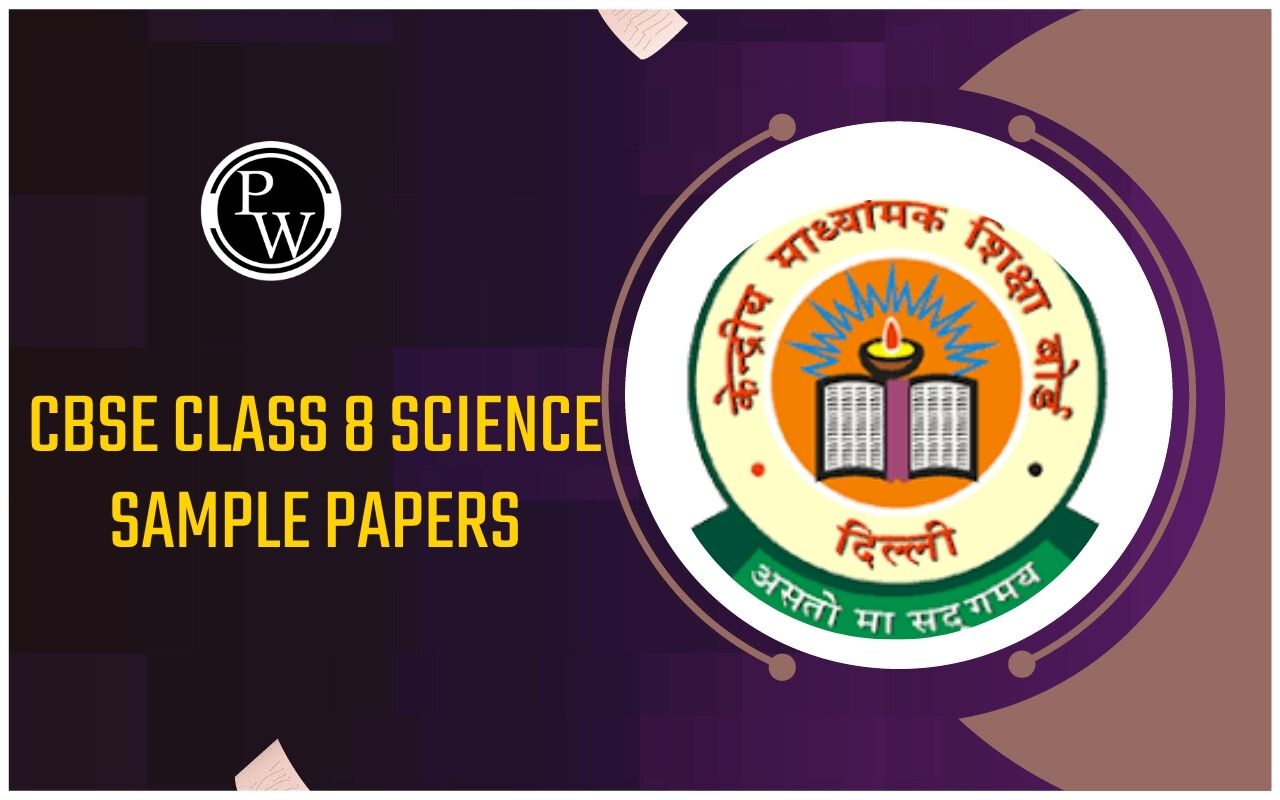
NCERT Solutions For Class 8 Science Chapter 13: Chapter 13 of NCERT Solutions for Science Class 8 For every exercise and in-text question in the NCERT Class 8 textbook that corresponds with the CBSE Board, Sound provides students with precise answers.
Here, students receive the best study materials available: the NCERT Class 8 Solutions, which are completed by a group of highly knowledgeable subject-matter specialists. One of the best strategies to pass tests and get great grades is to refer to and work through these solutions. These solutions come with step-by-step directions for the most straightforward understanding of the solutions, and they are readily available and dependable. One of the best ways to perform better on tests is to practice your answers. The solutions are deftly solved in language that is easily understood by pupils in Class 8. This aids in their conceptual understanding and encourages effective and engaged learning. The expert staff reviews the solutions offered, and they are thoughtfully created to achieve the highest possible score similar to the CBSE exam. The NCERT Solutions aid in familiarizing oneself with the ideas presented in the textbook.NCERT Solutions For Class 8 Science Chapter 13 Overview
The excellently crafted NCERT Solution for Class 8 Science will simplify your studies. The NCERT Solutions for Class 8 Science Chapter - 13 PDF is now available for download from our official website. Get the PDF with all of the NCERT solutions, then go over Chapter 13 Class 8 again. According to the CBSE rules for students in class 8, the following are the major subjects covered in chapter 13, "sound."-
Introduction to sound
-
Wave and particle motion of sound
-
Properties of sound
-
How do humans produce sounds
-
Human ear
-
Amplitude, frequency, and time period of vibrations
-
Audible and inaudible sound
-
Noise pollution
NCERT Solutions For Class 8 Science Chapter 13 PDF
Here we have provided NCERT Solutions For Class 8 Science Chapter 13 for the ease of students so that they can just download the pdf and use it easily without the internet. These NCERT Solutions for Class 8 Science Chapter 13 will help students understand the chapter better.NCERT Solutions For Class 8 Science Chapter 13 PDF
NCERT Solutions For Class 8 Science Chapter 13
Here we have provided NCERT Solutions for Class 8 Science Chapter 13 for the ease of students so that they can prepare better for their exams.1. Choose the correct answer.
Sound can travel through
(a) gases only
(b) solids only
(c) liquids only
(d) solids, liquids, and gases
The answer is (d) solids, liquids, and gasesExplanation:
Sound needs a medium to pass through. Sound travels via a medium made up of solids, liquids, and gases.2. Voice of which of the following is likely to have a minimum frequency?
(a) Baby girl
(b) Baby boy
(c) A man
(d) A woman
The answer is (c) A manExplanation:
A man's voice is lower pitched than the sounds of a baby girl, baby boy, and lady. The man's voice is the least frequent among others because of his low pitch, which is directly related to sound frequency.3. In the following statements, tick ‘T’ against those which are true and ‘F’ against those which are false.
(a) Sound cannot travel in a vacuum. (T/F)
(b) The number of oscillations per second of a vibrating object is called its period. (T/F)
(c) If the amplitude of the vibration is large, the sound is feeble. (T/F)
(d) For human ears, the audible range is 20 Hz to 20,000 Hz. (T/F)
(e) The lower the frequency of vibration, the higher the pitch. (T/F)
(f) Unwanted or unpleasant sound is termed as music. (T/F)
(g) Noise pollution may cause partial hearing impairment. (T/F)
a) True: sound can only travel through a medium. b) False: The frequency of a vibrating object is defined as the number of vibrations per second. A time period is the length of time needed to finish one oscillation. c) False: The loudness of sound is directly proportional to the square of the vibration's amplitude. When the vibration amplitude is high, the sound is loud. The amplitude of a weak sound is minimal. d) True: Human ears are not capable of hearing sounds at all frequencies. Human ears can detect frequencies within the range of 20 Hz to 20,000 Hz. Human ears cannot detect sounds that are outside of these ranges. e) False: Since pitch is proportionate to frequency, a sound's pitch increases with increasing frequency. It vibrates at a high frequency for high-pitched sounds and a low frequency for low-pitched ones. f) False: Music is a melodic, aesthetically beautiful sound that is enjoyable to listen to. Unpleasant sounds are called noises. g) It's true that noises are undesired and unpleasant sounds that, when heard repeatedly over an extended length of time, temporarily impair hearing.4. Fill in the blanks with suitable words.
(a) The time taken by an object to complete one oscillation is called __________.
(b) Loudness is determined by the __________ of vibration.
(c) The unit of frequency is __________
(d) Unwanted sound is called __________.
(e) The shrillness of a sound is determined by the __________ of vibration.
(a) The time taken by an object to complete one oscillation is called the period . (b) Loudness is determined by the amplitude of vibration. (c) The unit of frequency is h ertz . (d) Unwanted sound is called n oise . (e) The shrillness of a sound is determined by the frequency of vibration.5. A pendulum oscillates 40 times in 4 seconds. Find its period and frequency.
The number of oscillations per second of the vibrating body is known as the frequency of oscillation. Frequency = Total number of oscillations Total time taken = 50/5 = 10 Hz The period is the time taken to complete one oscillation. It is also the inverse of frequency. Time period = 1/Oscillating frequency = 1/10 = 0.1 s ∴ frequency = 10 Hz Time period = 0.1 s6. The sound from a mosquito is produced when it vibrates its wings at an average rate of 500 vibrations per second. What is the period of the vibration?
The period is defined as the time taken to complete one oscillation. It is also the inverse of frequency. Time period = 1 Oscillation frequency Oscillation frequency = 500 Hz The time period of the vibration = 1/500 = 0.002 s7. Identify the part that vibrates to produce sound in the following instruments.
(a) Dholak
(b) Sitar
(c) Flute
a) Dholak: This instrument has a stretched membrane for a head. These stretched strings have vibrations built into them. Dholak makes a sound when the head is lightly whacked because these vibrations cause sound to be produced. b) The sitar is an instrument of music. Part of it is stretched strings. When the string is plucked while being played, vibrations are created. The sitar makes sound as a result of these vibrations. c) Flute: This is an instrument made of holes. The pipe is hollow. Blowing air over the pipe's mouth causes the air within to vibrate, creating a pleasing sound.8. What is the difference between noise and music? Can music become noise sometimes?
A pleasing sound is what is meant to be heard. It is enjoyable to listen to the sounds of violins, pianos, and flutes. Unpleasant sounds are known as noises. The following sounds are unpleasant to hear: (a) Horn noises from trucks and buses. (b) A generator of electricity sounds. (c) The sound of gunfire. (d) Sounds of a jackhammer Certainly, there are instances when loud music also produces noise.9. List sources of noise pollution in your surroundings.
The following is a list of sources of noise pollution in our area: Car and bus horns (a) Loudspeakers and firecrackers (b) Transistors and televisions with loud loudness (d) Home mixers e) Industrial sirens10. Explain in what way noise pollution is harmful to humans.
Several health issues are associated with noise pollution. They are as follows: (a) Stress (b) Headache (c) Hearing loss (d) Insomnia (e) Hypertension11. Your parents are going to buy a house. They have been offered one on the roadside and another three lanes away from the roadside. Which house would you suggest your parents should buy? Explain your answer.
Purchasing a home three lanes from the roadside is preferable since the noise level will be lower than on the main road. Vehicles may be the source of the noises; the noise strength diminishes with increasing distance from the source to the listener. Therefore, purchasing a property that is three lanes away from the roadside is preferable.12. Sketch the larynx and explain its function in your own words.
 Upon swallowing, the larynx contracts. Within the larynx are two vocal cords. There is a tiny opening that allows air to flow between them. When we talk, the lungs force air into the gap, which causes the vocal cord to vibrate and produce sound.
Upon swallowing, the larynx contracts. Within the larynx are two vocal cords. There is a tiny opening that allows air to flow between them. When we talk, the lungs force air into the gap, which causes the vocal cord to vibrate and produce sound.
Benefits of NCERT Solutions For Class 8 Science Chapter 13
Students can receive appropriate advice from our Class 8 Science Chapter 13 NCERT solutions. The Sound Class 8 NCERT solutions offer comprehensive answers to the questions found in the NCERT books. The sole goal is to make the study simpler for the kids to understand.- Before taking the test, students can review the solutions to the Sound chapter in Class 8 Science.
- Students gain a deeper grasp of themselves and the chapter with the Class 8 Science Chapter 13 answer.
- Our knowledgeable specialists have created the NCERT Solutions for Class 8 Science CH-13, which will make it easier for you to get the answers to all of your questions.
- You may learn how to precisely answer the problems by using the NCERT Solutions for the Class 8 Science chapter sound.
- You can better understand the chapter's concept and your foundations by using the NCERT solution for Class 8 Science Chapter 13.
NCERT Solutions For Class 8 Science Chapter 13 FAQs
What is sound class 8 short answer chapter 13?
What is sound very short answer?
What are vibration class 8 questions?









